Organising a freezer - 14 ways to get the most out of your frozen storage space
Enjoy the benefits of an organised freezer, from less food waste to smoother cooking prep

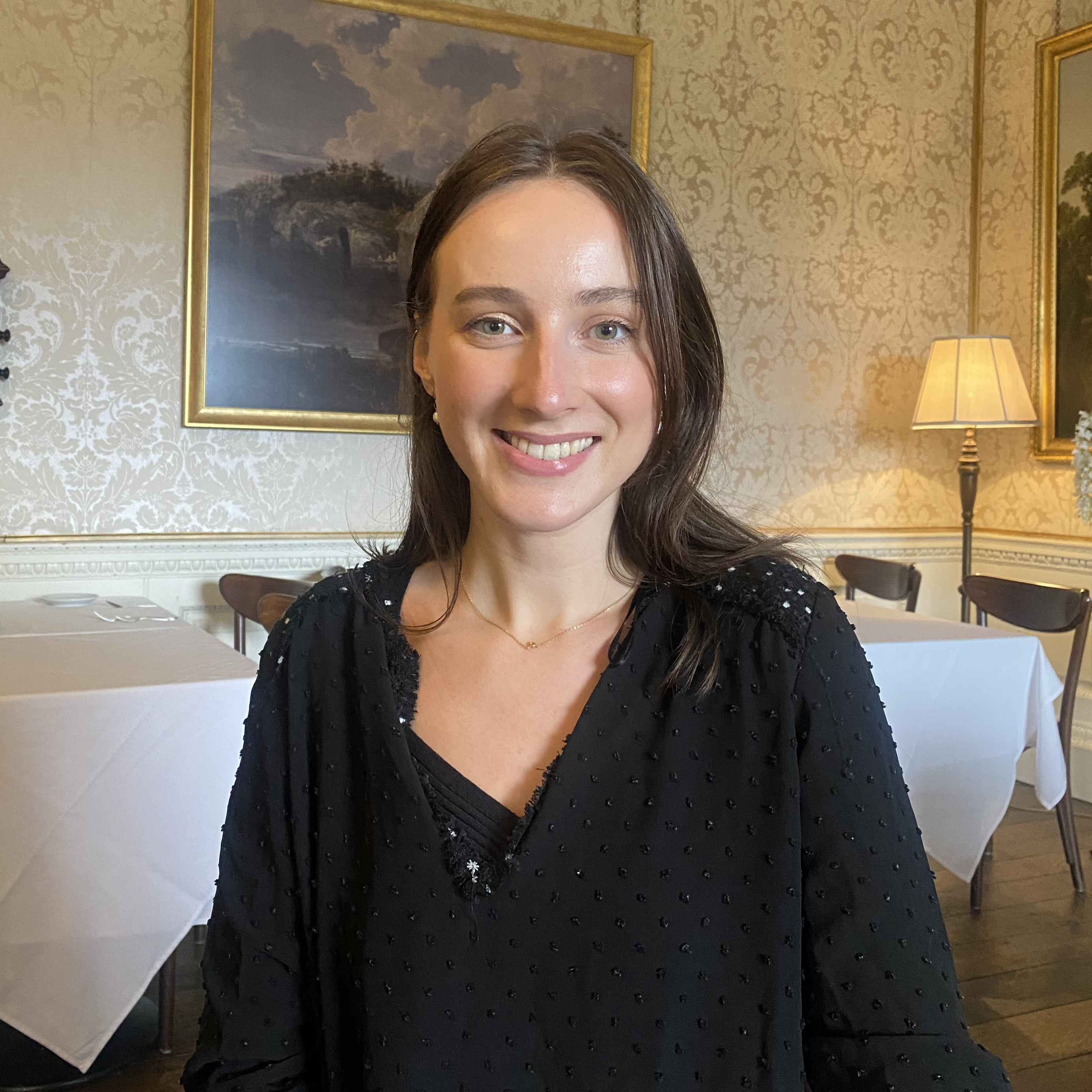
Lizzie Thomson
Organising a freezer might not seem like it should be high up on our priority list, given its purpose of storing food that can live in there for weeks, sometimes months on end. A lot of freezers also come with deep drawers which provide ample storage space, so we don't feel the immediate need to systematise what goes in there.
But organising a freezer can actually bring a wealth of benefits, from making cooking time flow more smoothly to preventing food waste and overbuying groceries. Just like with organising kitchen cabinets, taking some time to organise your freezer is something you'll thank yourself for later.
'A good and thorough freezer filing system can make a world of difference for your freezer organisation and won’t take long to put in place', says Rosie Green, Product Manager, Haier Europe. 'It can take all the stress out of meal prep and save you money on food waste in the long run.'
Hugo Prado, UK Senior Marketing Manager, Liebherr, agrees. 'Efficient freezer organisation is essential for ensuring you are maximising your space and minimising food waste.'
We've rounded up expert tips to help you get your freezer organised and make the most of the appliance we rely so heavily on.
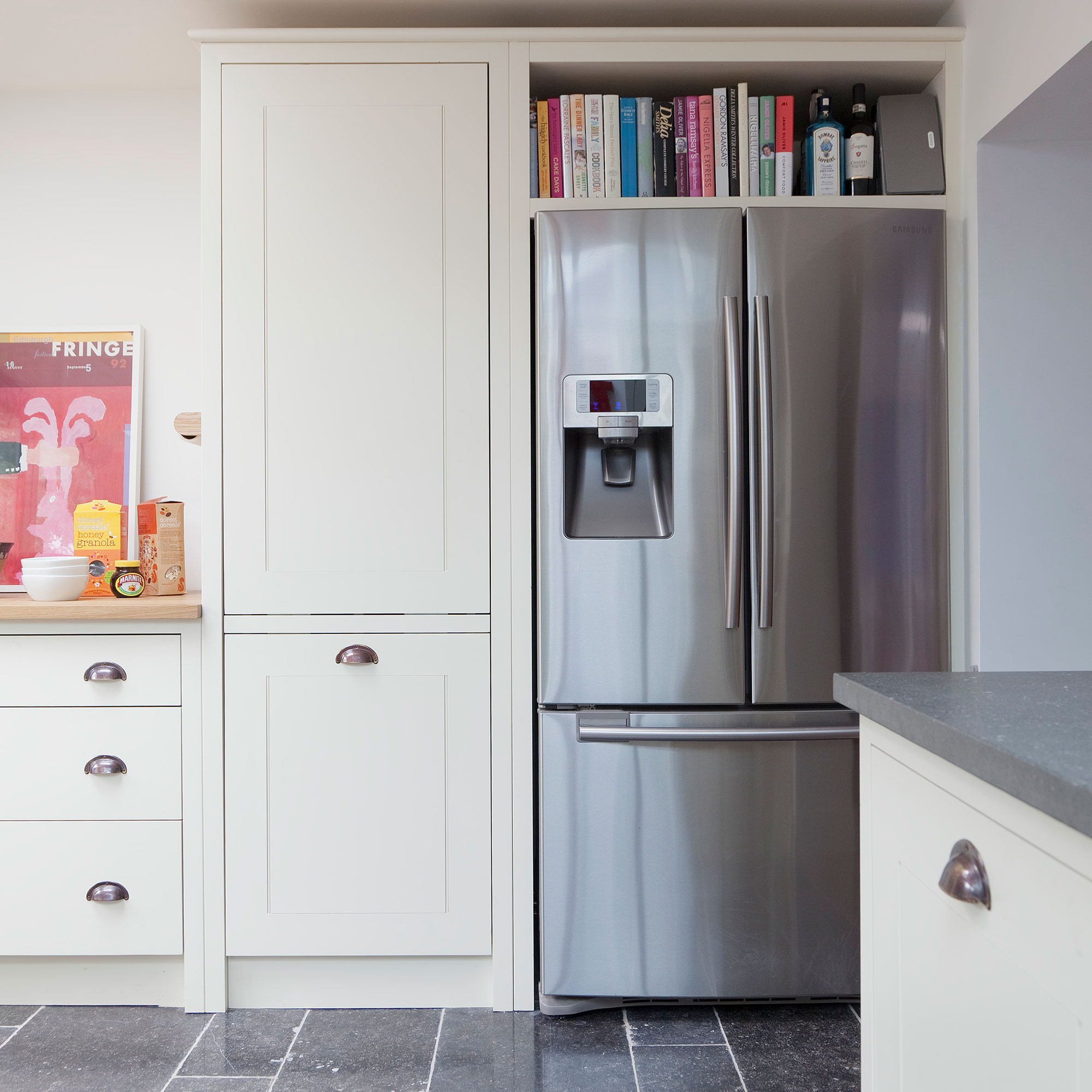
Smart tips for organising your freezer
Organising a freezer doesn't have to be complicated; just a few simple changes can make the world of difference, just like organising a fridge. Below are the most effective freezer organisation methods to create an ordered system for your frozen food.
1. Check what is (and isn't) freezable
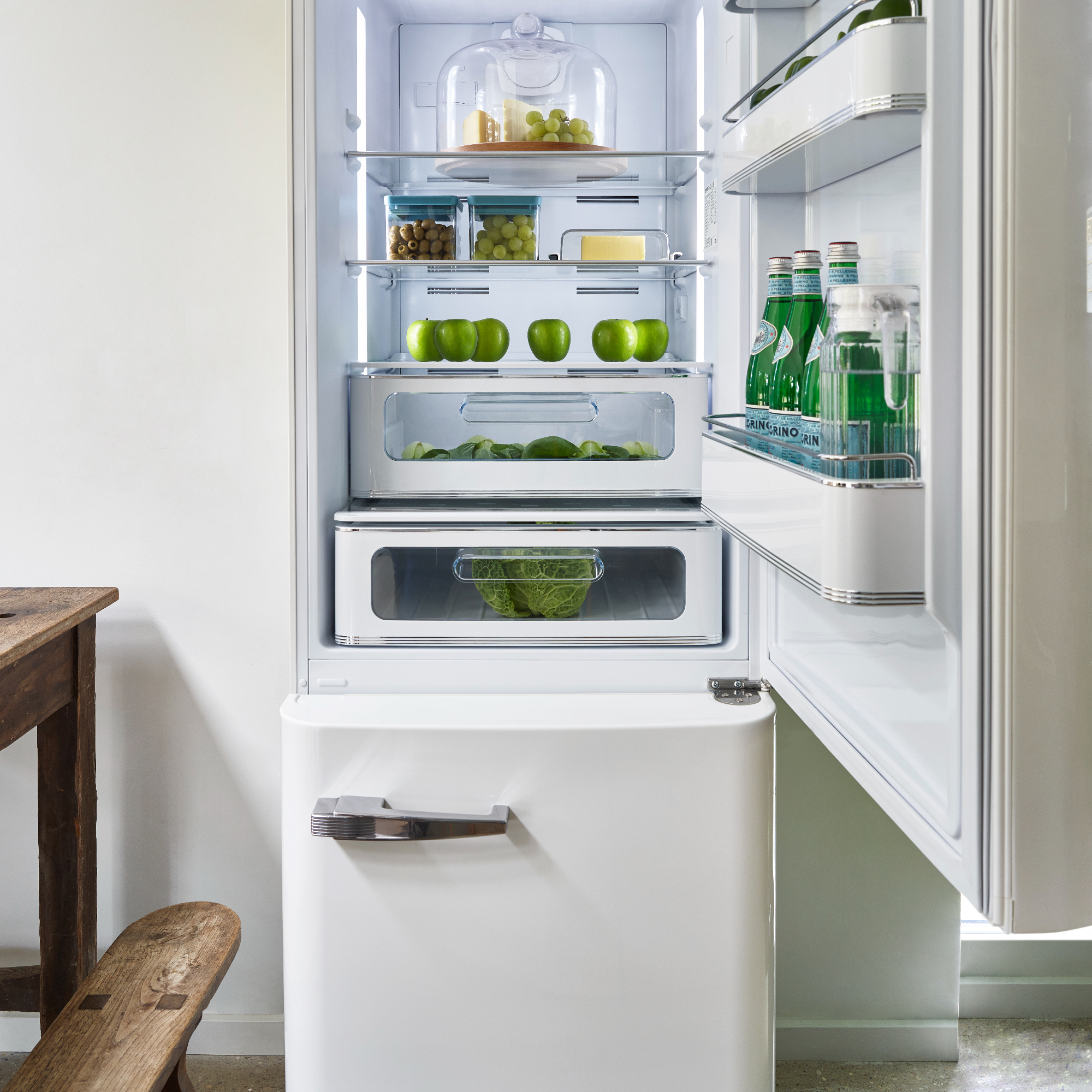
This might seem a little obvious, but we've all thrown something in the freezer before without giving it much thought, only to find it soggy and inedible after defrosting it later. Food that can be stored in the freezer will have the freezable symbol on its packaging, but it's handy to know generally what's suitable for freezing and what isn't.
Get the Ideal Home Newsletter
Sign up to our newsletter for style and decor inspiration, house makeovers, project advice and more.
'Fruit and vegetables with high moisture content, such as lettuce and watermelon, and fried foods don’t tend to defrost as well', explains Hugo. 'On the other hand, meats, fish and ice creams will better survive the freezing process.'
Having this understanding will help reduce wastage and maximise your enjoyment of these foods, as well as prevent your freezer space from becoming too cluttered.
2. Group your food into categories
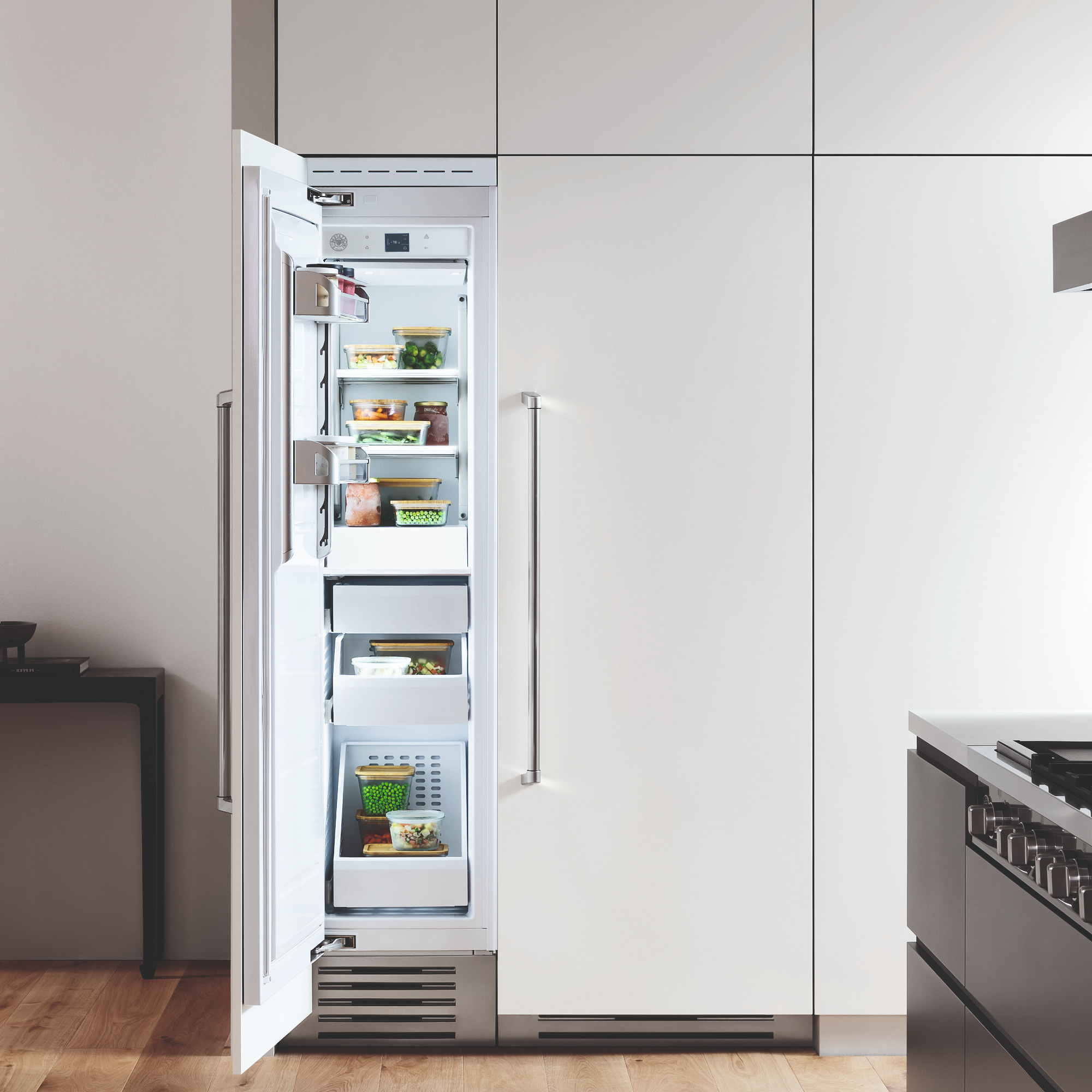
If your freezer has multiple compartments, use these to store related food items together. 'One of the most efficient ways to organise this is by food groups', says Hugo. 'We’d recommend fruit with vegetables, meat with fish and fruit with ice cream in their own compartments.'
Storing certain foods together will prevent you from having to rummage through everything when you're looking for the bag of frozen peas at dinner time, and will make a big difference when organising a freezer.
3. Line things up from back to front
When putting food in the freezer, place newer food at the back, and older food at the front. This is a useful visual reminder of what needs eating first, and will help prevent wastage down the line. Plus, you're more likely to stick to the system and keep things neat as oppose to throwing the food in at random.
If it's got into a mess, your can restock it properly when you're tackling how to clean a fridge freezer.
4. Freeze things in usable portions
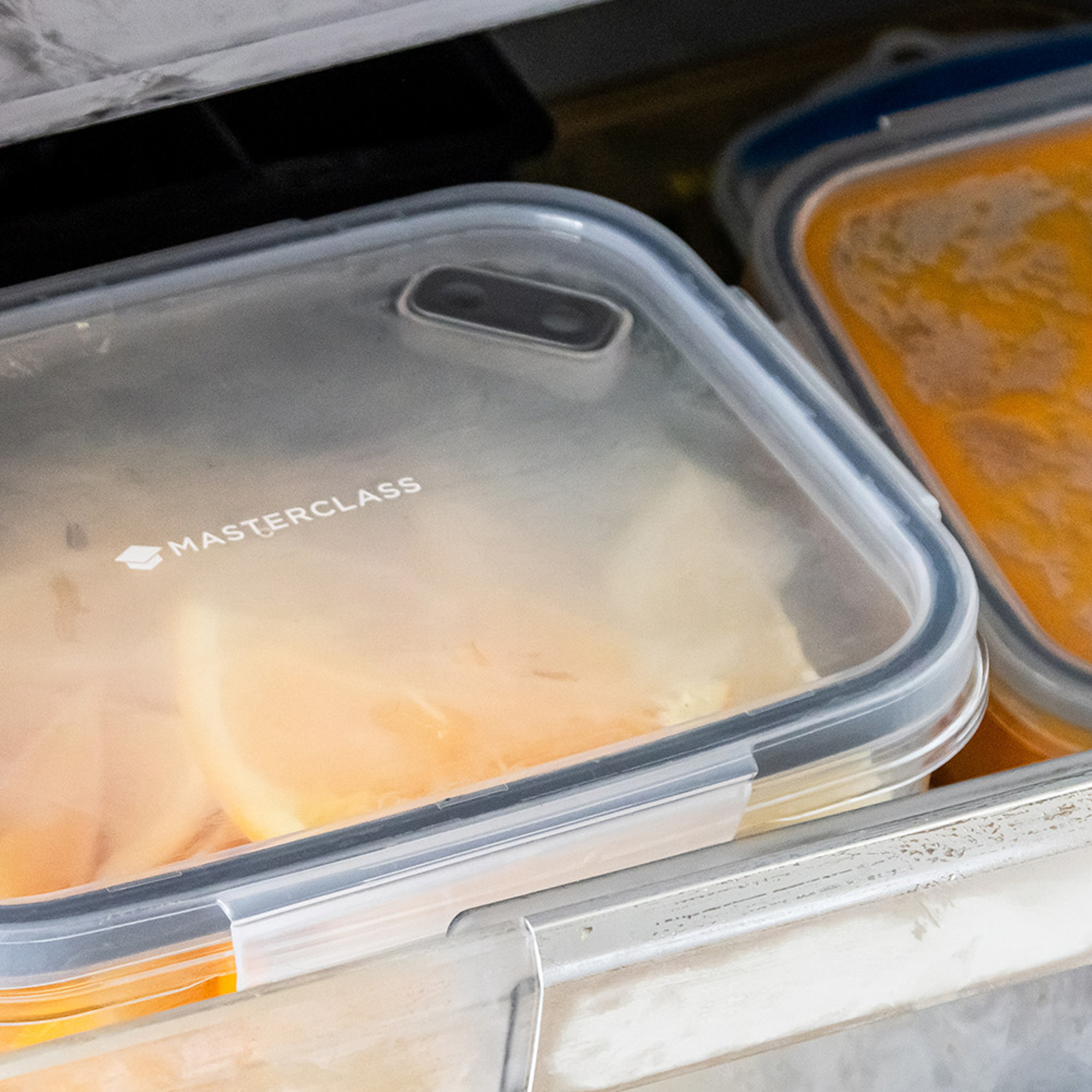
When you're putting the weekly food shop away it can be all too tempting to put a whole pack of frozen chicken in the freezer if you know you won't be using it yet, but this can be a nightmare when you want to defrost only a couple of fillets at a time. Instead, place items in freezer bags in the quantities you think you'll use them.
Susan Seabertm, a cleaning expert at the health, fitness and lifestyle brand GearHungry, says it's important to portion food before freezing.
She tells Ideal Home, 'Many people will freeze copious amounts of meat and then when it comes to defrost, they are forced to thaw the whole amount - often much more than what is needed. Put your meat into the correct portion sizes before freezing in order to avoid food waste.'
Obviously, if you have a large family, freezing big portions is a good option. But generally dividing food up into individual portions will prevent any food waste, when it comes to defrosting.
5. Label any containers
'If produce is being stored in an unidentifiable container, it’s always useful to label it with the name of the dish and the date it was made', says Rosie from Haier. 'This will make it easier to identify and will help you avoid consuming expired food.' Check the containers you're using are freezable first. Plastic tupperware is fine, but non-tempered glass can shatter at low temperatures.
A spokesperson for Lakeland tells Ideal Home, ‘Don’t forget to label your portioned meals. Even the most basic labelling before freezing will make it easy to see which meal is which, so you can avoid any unexpected surprises when you come to dinnertime.’
‘Label homemade food and raw food clearly. Make it easy to see at a glance what food you have. Make it clear whether food is raw or cooked and always write on the label the date that the food was frozen.'
It might sound simple but adding labels to frozen products will help you to identify foods quicker. It’s also important to differentiate between raw and cooked foods and to try and keep them separate in the freezer - labelling will help with this.
6. Add storage organisers
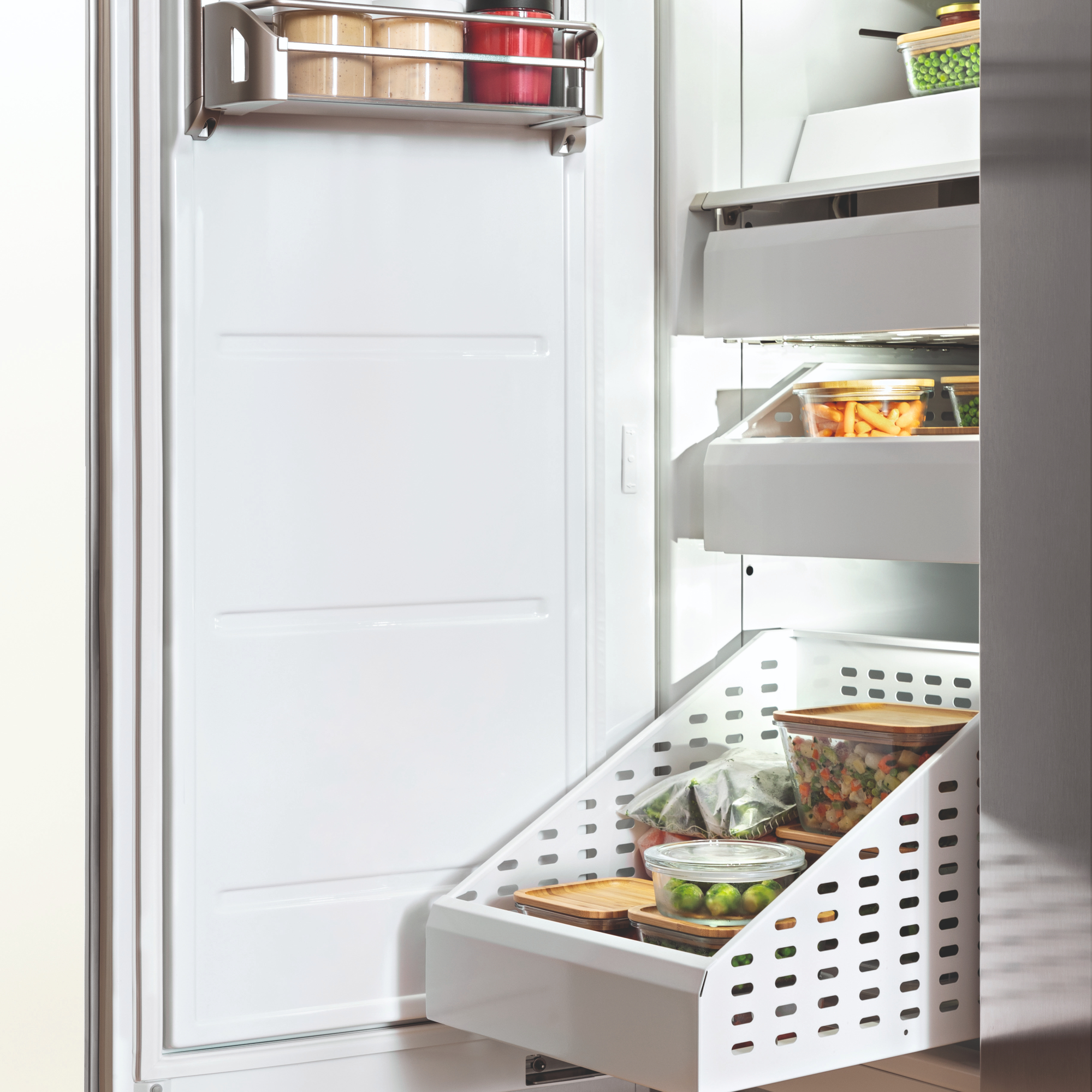
One of the best ways to organise a freezer is to simply add the best drawer organisers, especially if you have deep freezer drawers. This will divide your storage into sections so you can separate your food better, and neatly stack items on top of each other to make the most of the space.
7. Smaller containers are better
When freezing leftovers or chopped up fruit and veggies, use containers that are as close to the portion size you're freezing as possible. Not only will larger containers take up unnecessary space, they won't preserve the life of the food as effectively. 'By opting for a container as close to the size of what you want to freeze, you are preventing air circulating around frozen food, which can lead to freezer burn', explains Hugo.
8. Use zip lock bags for liquids
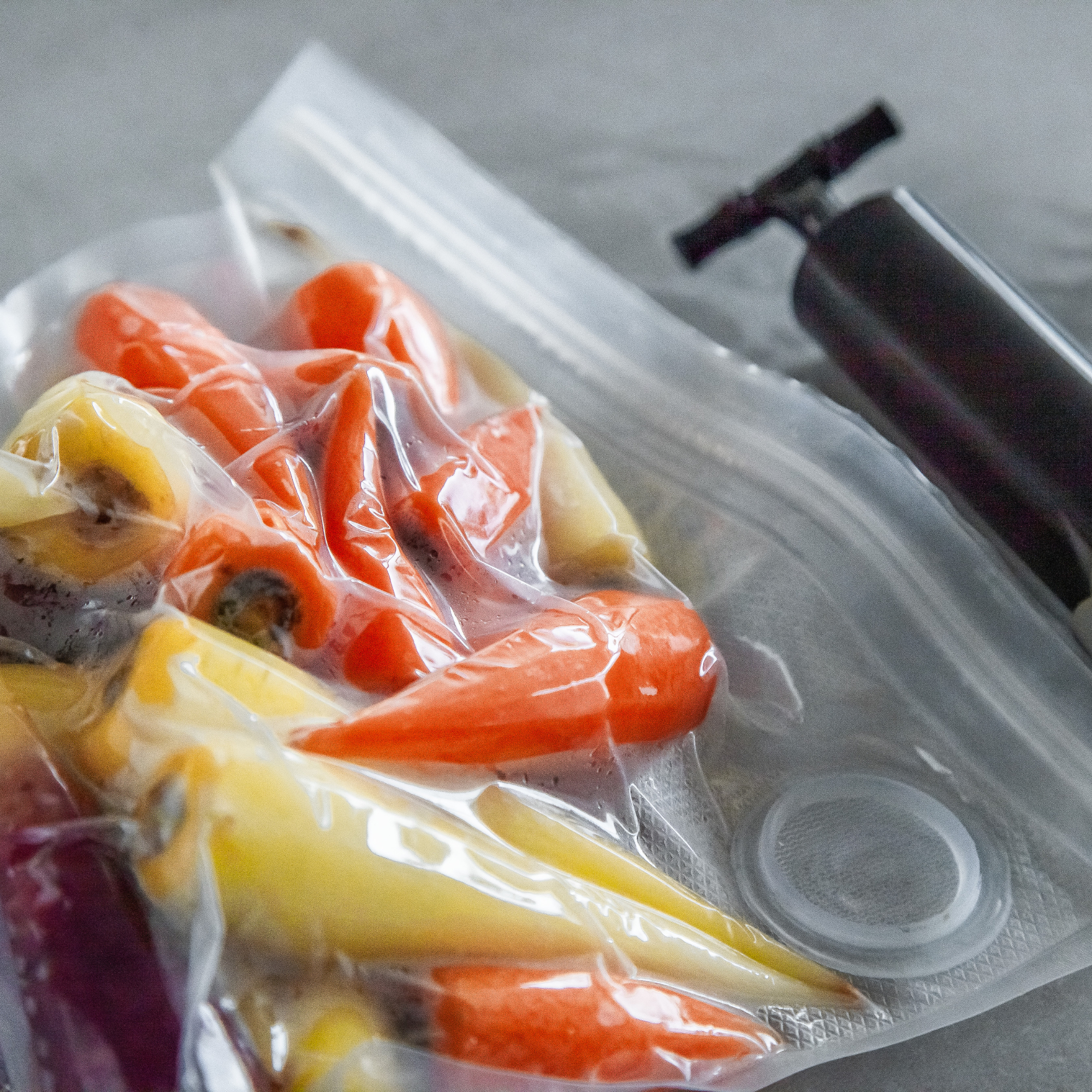
During the colder months of autumn and winter we're more likely to be making soups and stews, and storing the leftovers. Zip lock bags are handy for this, and are a more space-savvy alternative to tupperwares, which the liquids are unlikely to fill. You could stack the bags side by side to make the most of the space, and easily grab one when in need of a quick dinner.
9. Use the door wisely
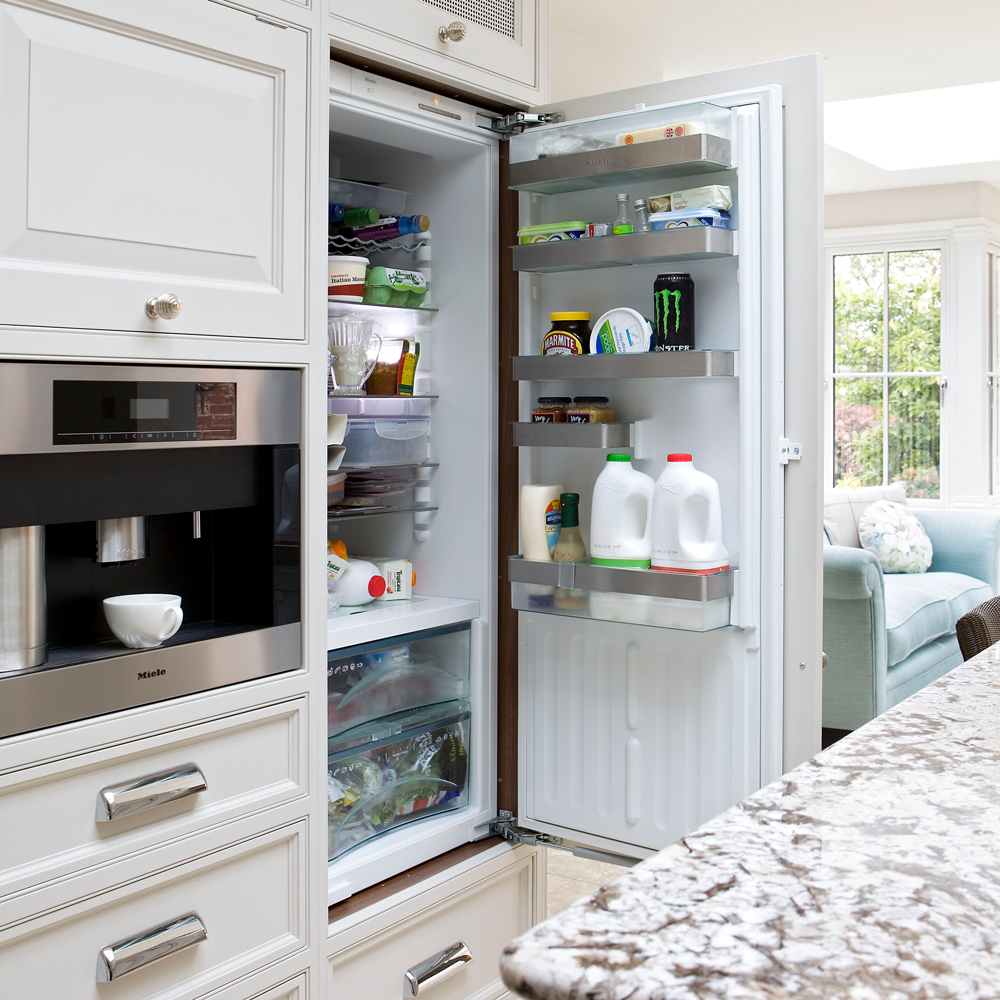
If your freezer has storage on the inside of the door, remember that this will be the warmest spot, just like in a fridge. Items that run the risk of melting or defrosting easily should therefore not be stored in the door compartments. Instead use this for things like bread, nuts, butter and flour, or items you know will only be in the freezer for a short length of time.
10. Keep a freezer inventory
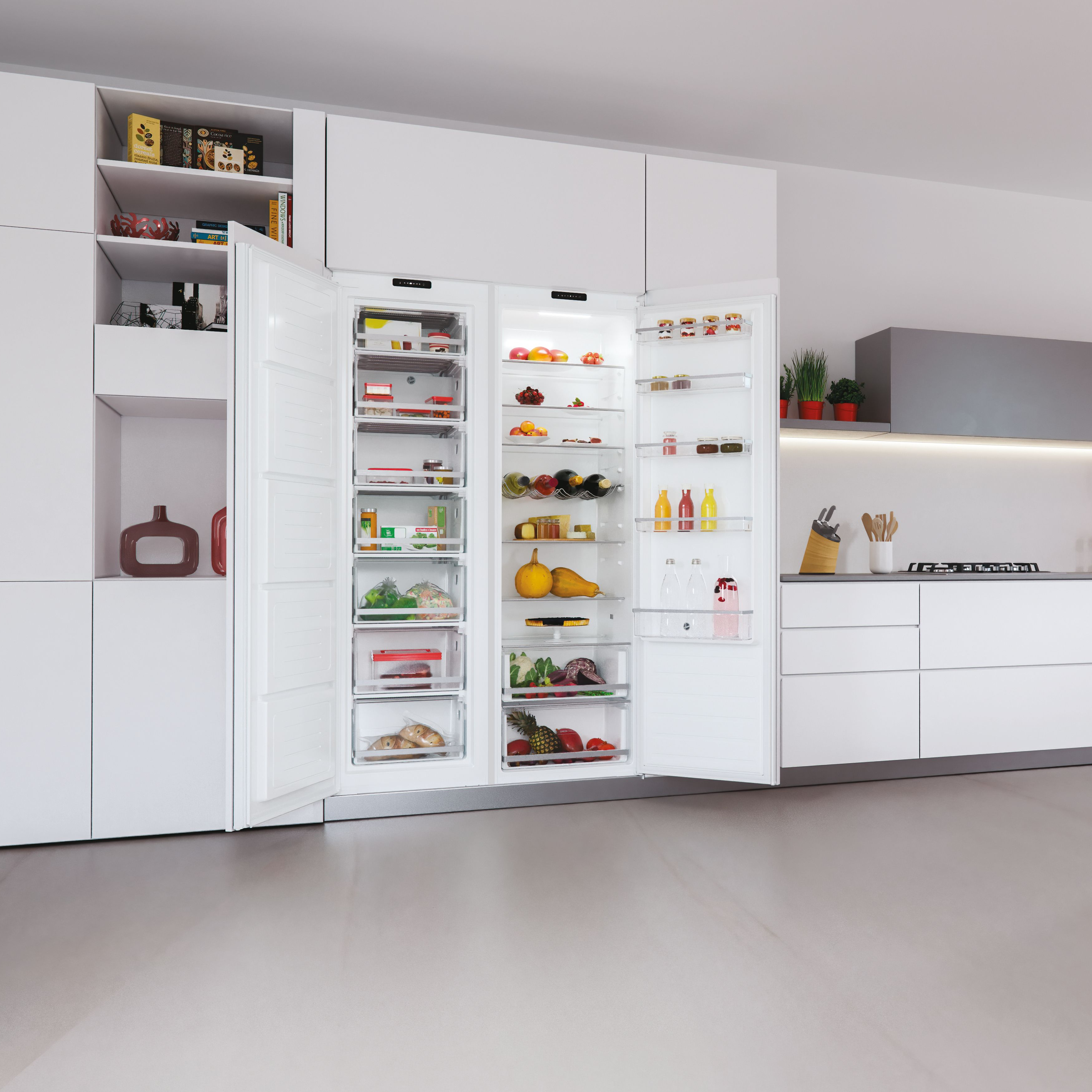
For organising a freezer long-term, a freezer inventory will help you keep track of what's still in there and what you've used up. Even with the most neatly organised freezer it can be easy to forget what food still lives in the back of the bottom drawers, so keeping an inventory means you'll be less likely to buy food you don't need at the supermarket.
Starting an inventory can be as simple as jotting everything down in a notepad; just find a way that works for you. Make good organisation a regular habit just like how to defrost a freezer.
11. Freeze food at the right time
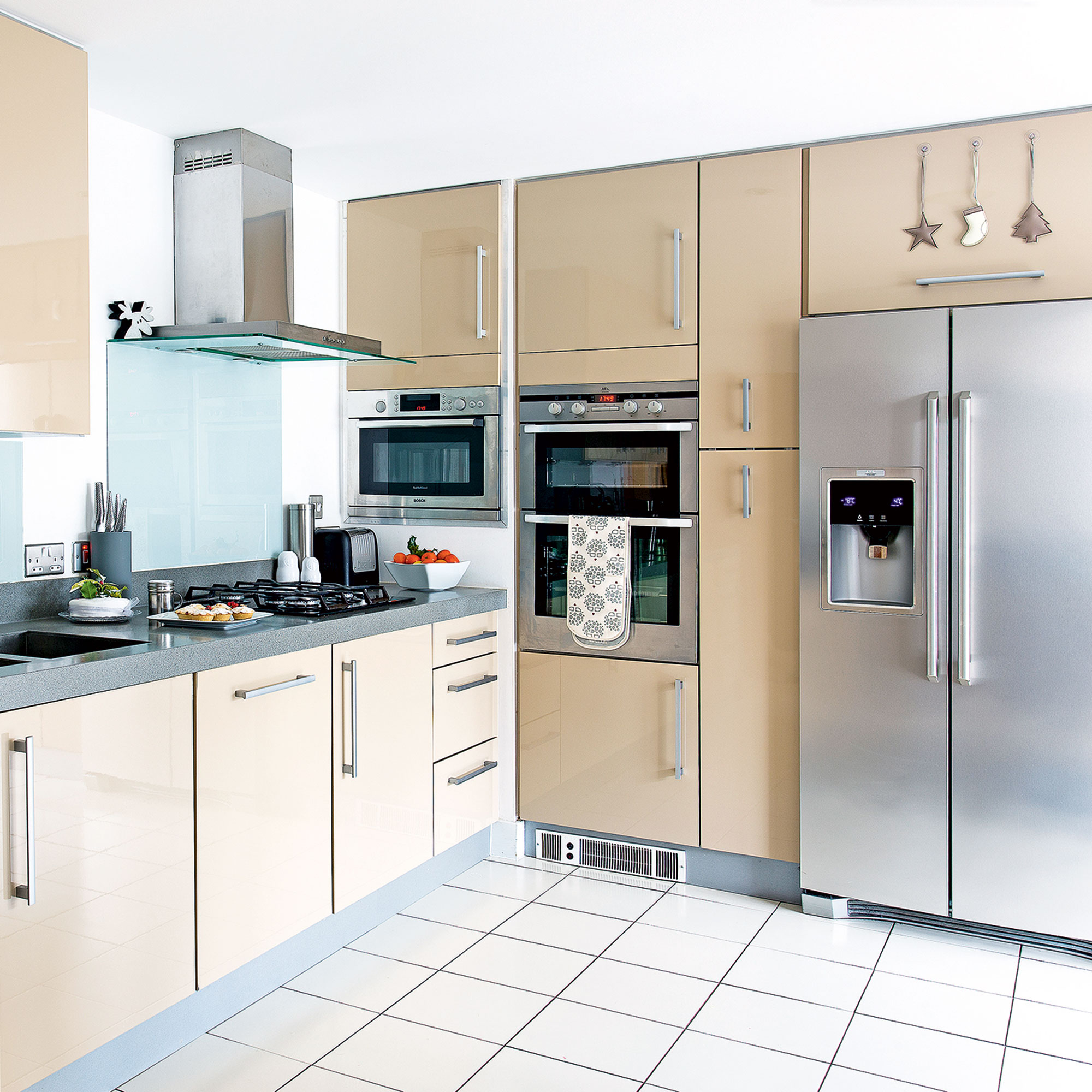
Freezing helps to preserve food in its present state – so the fresher food is when it’s frozen, the fresher it’ll taste when it defrosts.
A Lakeland spokesperson says, ‘Freezing doesn’t kill bacteria. Follow freezer guidelines about how long to store different types of frozen foods and, if in doubt, don’t risk it.'
'Don’t freeze old food because you don’t want to waste it (as it won’t improve the taste). For better-tasting results, make-ahead meals should be made with fresh ingredients and then frozen once cooled.'
12. Ditch space-hogging packaging
Emma Harrod, professional organiser and founder of EH Lifestyling, tells Ideal Home, 'In order to save space in your freezer, remove items from bulky boxes and packaging where possible. Place the bigger items at the bottom of the shelf or drawer to maximise space.'
Freezing things flat (in a freezer bag) is another great space-saving technique – this means you'll be able to stack foods easily on top of one another.
13. Use different drawers for different food types
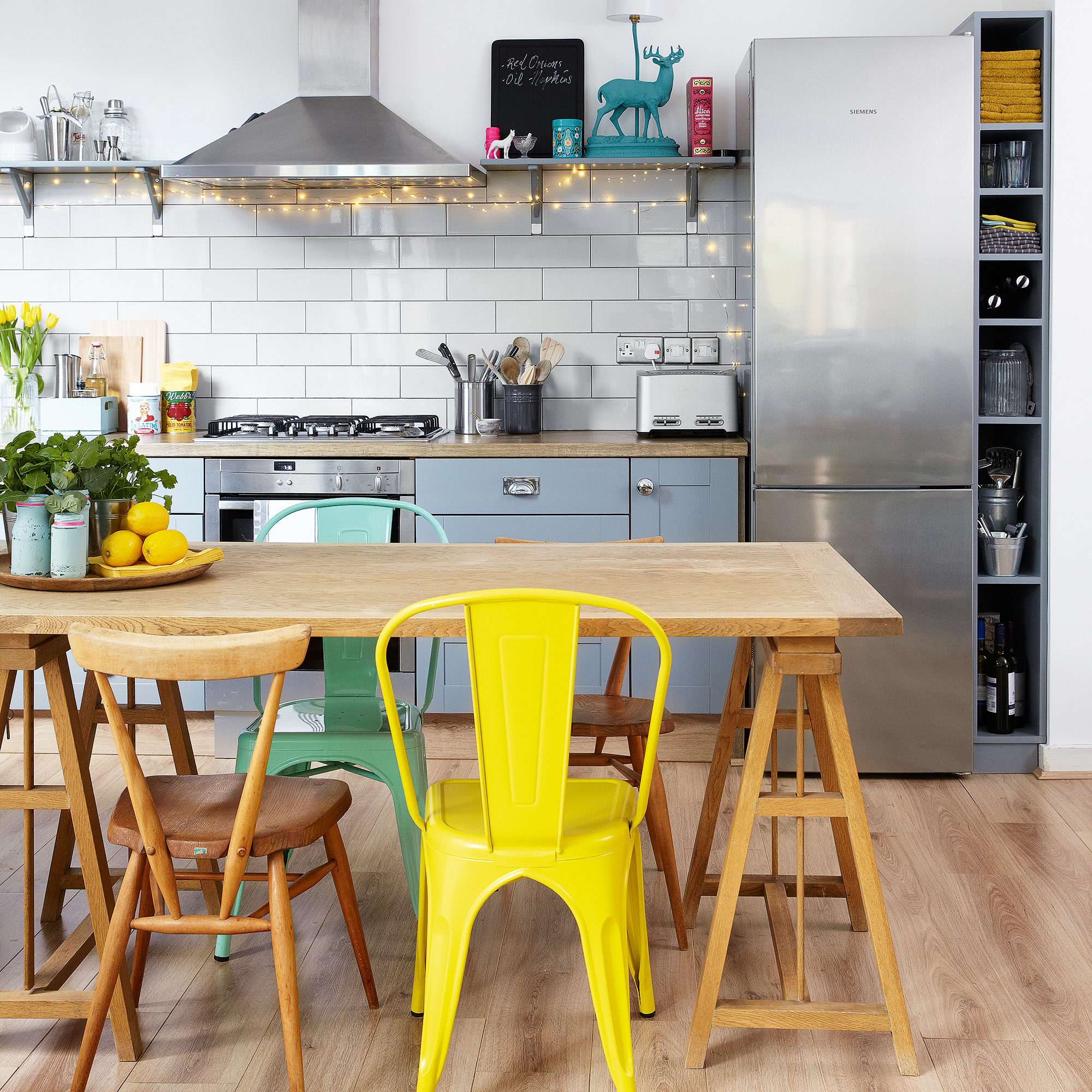
Emma adds, ‘I would recommend putting meat or poultry in the bottom drawer to avoid juices dripping onto other foods and causing cross-contamination. I would also suggest having fish in the drawer above. Miscellaneous products such as chips, bread and vegetables can also be kept in a drawer together.'
‘Finally the top drawer can be used for any meals you’ve prepped for the week ahead to make them easily accessible.'
13. Blanch vegetables before freezing
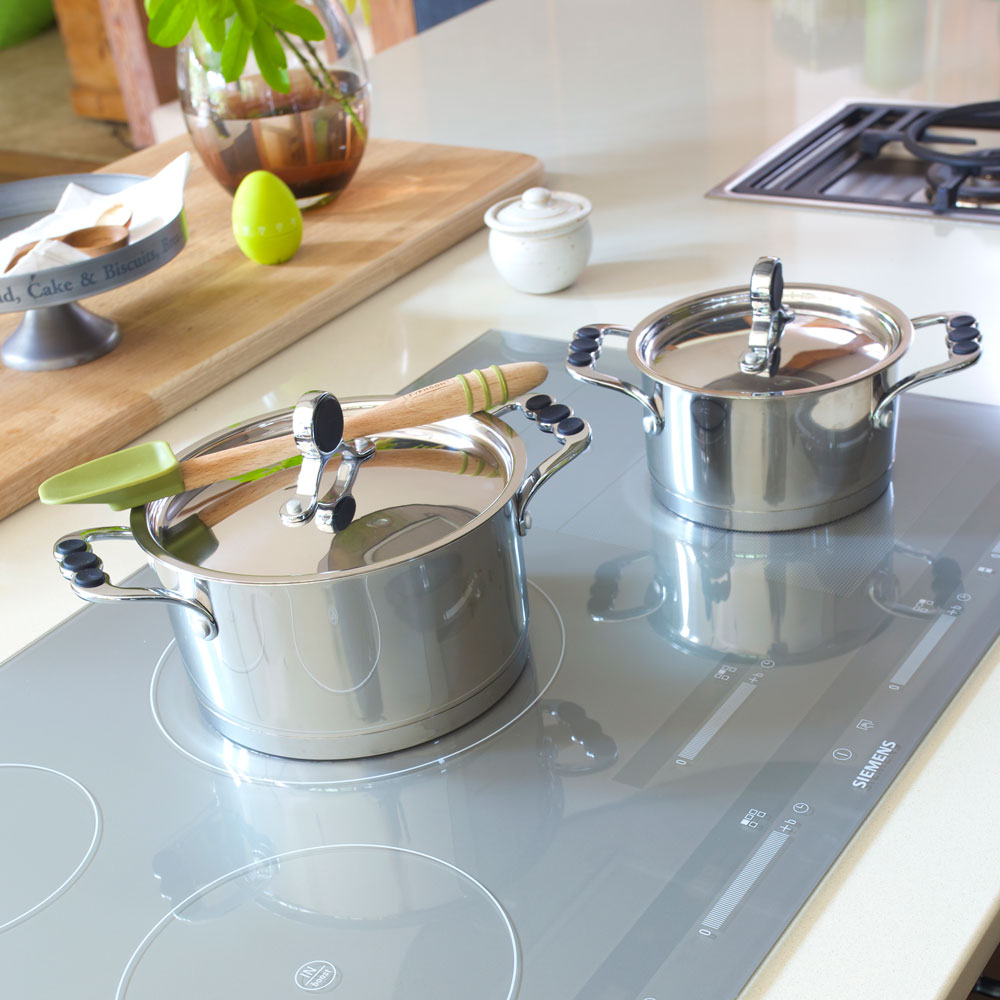
Australian home appliance brand Breville also advises to blanch vegetables before home freezing.
The reason behind it? It says, 'Blanching prevents enzymes from damaging the colour, flavour and nutrients of your veggies, destroying harmful micro-organisms on the surface of the vegetables too. To blanch vegetables, you need to place them in boiling water for 1-2 minutes, and then quickly submerge them in ice water to prevent them from cooking.'
What is the best way to organise a freezer?

The best way to organise a freezer will utilise the storage space to its maximum potential, and place food in an order that makes it easy to use it up.
'Organise your freezer by investing in some uniformed sized containers that can be stacked easily to store batched cooked meals', suggests Joe Authbert, Buying Manager, ProCook. 'Glass storage containers with airtight lids make it easier to see what’s inside and offer great versatility in the kitchen as they can go from oven-to-freezer to freezer-to-microwave, making cooking and reheating easy.'
It's tempting to throw food into the freezer at random, because deep drawers offer plenty of storage. Stackable containers are a useful way of avoiding this. 'Piling produce on top of each other within drawers can make it hard to find the items you’re looking for, and overfilled freezer drawers can cause food to squash together and become crushed', says Rosie from Haier.
Use the freezer compartments to separate food so you know where to look for specific items. And organise the freezer with newer food towards the back and older food towards the front, to cut down on wastage.
What should go where in a freezer?

Storing certain food in different parts of the freezer is important not only for food hygiene reasons, but also for fast and efficient cooking.
'The top drawer is perfect for items that you want easy access to; think ice cream, ready meals, baked goods etc.', says Emma Lewis-Jones, Product Director, Lifetime Brands Europe.
'When it comes to the middle drawer, it's always a good idea to fill it with things like frozen fruit and vegetables or any sauces, soups or gravies stacked up in leak-proof storage bags.
'And lastly, for food hygiene best practices, we recommend placing meat, fish and poultry in the very bottom drawer', Emma says. 'This is to stop any juices dripping onto the foods below and potentially contaminating them.'

Katie has been writing freelance since early 2022, specialising in all things homes and gardens, following achieving a Masters in Media and Journalism. She started out writing e-commerce content for several of Future’s interior titles, including Real Homes, Gardeningetc, Livingetc, and Homes and Gardens. Since then she’s been a regular contributor on Ideal Home’s digital team, covering news topics, how-to guides, and product reviews.
-
 Should an air fryer be on display in a kitchen or hidden away? This is why I always keep my small appliances on the worktop
Should an air fryer be on display in a kitchen or hidden away? This is why I always keep my small appliances on the worktopAre you on team display or neatly hidden away? Share your opinion in the comments
By Rebecca Knight
-
 Experts warn that these 5 mopping mistakes are making your floors dirtier — and damaging your floors in the process
Experts warn that these 5 mopping mistakes are making your floors dirtier — and damaging your floors in the processThis is how to keep them clean and avoid costly damage
By Lauren Bradbury
-
 Move over, fences – dead hedges are the wild and wonderful alternative your garden will love and they're easier to build than you'd think
Move over, fences – dead hedges are the wild and wonderful alternative your garden will love and they're easier to build than you'd thinkThe perfect eco-friendly solution for small gardens
By Kayleigh Dray